As the first resounding notes vibrated through the Spanish courtyard, a profound transformation was triggered. The heart-pounding rhythm of a flamenco guitar, exchanged for the gentle melodies synonymous with the classical guitar. As a seasoned guitarist with vast knowledge in music theory, this interchange stirred a deep fascination within me, to delve into the distinct identities of these two extraordinary instruments.
Despite their shared origins, the sonic landscapes they create are vastly different. But what contributes to such divergence? Is it merely the player’s technique or does the instrument’s construct play a bigger role than we presume?
Through this article, I extend an invitation to you, the reader, into an exploratory journey. Together, let’s dissect and compare the flamenco and classical guitars, discussing the major similarities and differences, from construction and sound quality to playing techniques. We’ll challenge several preconceived notions and reveal unexpected truths surrounding these iconic Spanish instruments. So, sit tight, as we embark on this thrilling musical adventure, driven by the timeless allure of Spanish guitar music.
Defining Flamenco and Classical Guitars
Characteristics of Flamenco Guitar
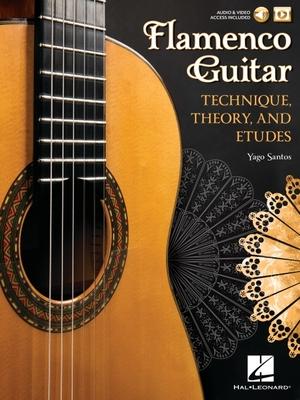
Having led multiple discussions around various types of guitars, I am eager to delve deeply into the exclusive characteristics of the flamenco guitar as it enriches our understanding of this variant against classical guitars. The structure of a flamenco guitar lends itself to the unique sound that the instrument produces – it’s lighter design, combined with a thinner soundboard, helps create sharp, bright tones that distinctly embody the passionate essence of flamenco music.
In contrast to classical guitars, flamenco guitars are traditionally built with a lower string height. This design decision is quite deliberate, as the string’s proximity to the fretboard allows for faster player action, a critical aspect for the rapid, rhythmic notes synonymous with flamenco performances. Moreover, these structural differences further contribute to a beautifully percussive sound, a signature characteristic of the flamenco guitar.
Well, each of these attributes plays a part in shaping its unique tonal qualities, resonating with the robust, fiery spirit of Flamenco. In our next section, we’ll look into the characteristics of classical guitars, and we’ll be better equipped to appreciate the contrast once we’ve understood the flamenco guitar’s specificities.
Characteristics of Classical Guitar
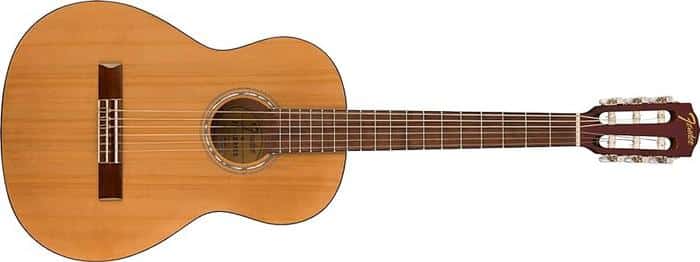
Having moved through the fiery enthusiasm of the flamenco guitar, let’s tread at the heart of this volume – the magnificent classical guitar. From personal immersion in countless musical assemblies and scrutinizing guitar structures, I can attest to the classical guitar’s distinct qualities.
The classical guitar shines for its impeccable structure. Known for its smaller, more intimate design aspects, this breed of guitar is perfect for those intimate serenades and sober performances. The classical guitar’s soundboard is generally more domed, a quality that directly contributes to the generation of its distinct, dense sound.
However, the defining asset could be the instrument’s string height. A taller string height gives the classical guitar, a unique touch sensitivity and a wider dynamic range. This very quality provides an enriched control over the tone and a liberty of expression that is both elegant and versatile, making it a composer’s delight.
Though subtly, these distinctive elements create the classical guitar’s identifiable qualities – a huge leap in our understanding of differentiating the palpable details between the classical and flamenco guitar that will be further addressed in the upcoming sections.
Examining Sound Qualities
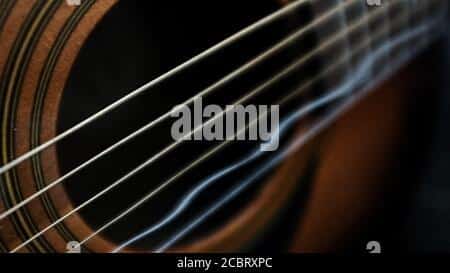
When we talk about a guitar’s sound quality, we are referring to the unique tonal characteristics that define its musical voice. As a passionate music analyzer, I can tell you that the flamenco guitar and the classical guitar each possess distinct sound qualities, making them uniquely suited for their respective musical genres.
But how are the vibrant, percussive sounds of a flamenco performance distinct from the gentle, refined tones of a classical concert? Well, it isn’t just a matter of genre or performance style, but rather, it’s deeply rooted in the instrument’s construction and material composition.
The flamenco guitar produces sharp, bright tones that cut through the sound of rhythmic clapping, stamping feet, and singing that characterizes a flamenco performance. With thinner tops and less internal bracing, the flamenco guitar is lightweight and resonates with a characteristic percussive tone. Its soundboard is typically made of spruce, contributing to its crisp, bright, ‘dry’ timbre. The flamenco guitar speaks quickly and assertively, ensuring every note rings loud and clear, even in the midst of a spirited dance.
On the other side, the classical guitar champions a rich, warm, and more complex tonality, courtesy of a thicker top and substantial bracing pattern. The choice of cedar for the soundboard infuses a mellow depth to the sound. This instrument speaks with a slower, more meditative voice that beautifully cradles the nuanced dynamics and profound emotionality of classical pieces.
Together, both the flamenco and classical guitar, with their differing sound qualities, offer a dramatic contrast that highlights the dynamic range of the guitar as an instrument. Each speaks a unique language, with an eloquent voice honed by centuries of music tradition, echoing the souls of the musicians and resonating with the hearts of listeners.
So, let’s continue our exploration further as we delve into understanding their unique playing techniques in the next section, enhancing our appreciation of these captivating stringed instruments.
Understanding Playing Techniques
Flamenco Guitar Techniques
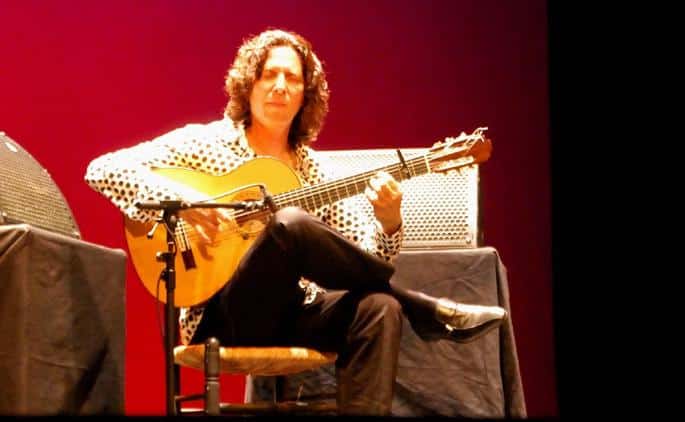
As we traverse into the world of flamenco guitar techniques, the distinct style becomes evident. Taking influence from a rich heritage, flamenco guitar has specific techniques that makes it significantly unique.
One aspect where flamenco guitar falls into a class of its own is the right hand technique. Often mirroring the fiery and passionate flamenco dance it often accompanies, the right hand in flamenco guitar is always active and agile. Rasgueado, picado, alzapua, tremolo; these techniques lend flamenco its notable rhythmic intensity and percussive feel. This is in stark contrast to the poised, restrained right-hand movements typically found in classical guitar.
Another hallmark of flamenco guitar is its improvisation. Notably, most of my initial teachings in the flamenco style involved structured improvisation; a staple in the flamenco music community. This artistic freedom allows each flamenco guitarist to communicate and personalize their own individual story.
In my experience, flamenco guitar is not simply playing techniques found in sheet music, it’s an expression of identity and emotion that seeps through each strum. This vibrant genre contributes a dynamic layer to our overall understanding of playing techniques. The speed, power, and improvisation create a captivating display of musicianship, all while showcasing a distinctly Spanish cultural heritage.
As we segue into classical guitar techniques, let’s retain the flamenco flavor. Notice the contrast and perhaps you’ll discover surprising similarities as well.
Classical Guitar Techniques

From my extensive experience and endeavors writing instructional tools, I’ve come to appreciate the rich diversity and subtleties embedded within classical guitar techniques, a cornerstone within our larger exploration of ‘Understanding Playing Techniques’. Central to these techniques is the right hand technique. The distinct characteristic of classical guitar playing demands an extensive range of technical finesse and control of the right hand, achieved through years of intense practice.
Classical guitar playing techniques facilitate the intricacy of the instrument. Fundamental techniques such as rest strokes and free strokes demand flawless execution for the proper articulation of melodies. The right hand technique is key; precise finger movements are deployed to pluck strings, creating rich complexities of sound. Every slight alteration in pressure or angle can profoundly affect the guitar’s tone.
From my own journey in mastering this technique, I can vouch for its profound impact on unlocking the full potential of a classical guitar. It underlines the delicate balance one must strike between power and sensitivity, essentially shaping the guitar’s voice. A well-defined right hand technique allows a spectrum of tonal variations— soft whispers to thunderous roars.
Understanding this key aspect profoundly contributes to our broader topic at hand. My hope is to illuminate the depths and intricacies of classical guitar techniques, heightening your appreciation for its complex beauty and its place in our overall forwards and backwards exploration of the Flamenco and Classical Guitar. We shall next turn our attention to Flamenco guitar techniques, pairing our newfound knowledge with understanding of this vibrant, contrasting style.
Differences and Similarities
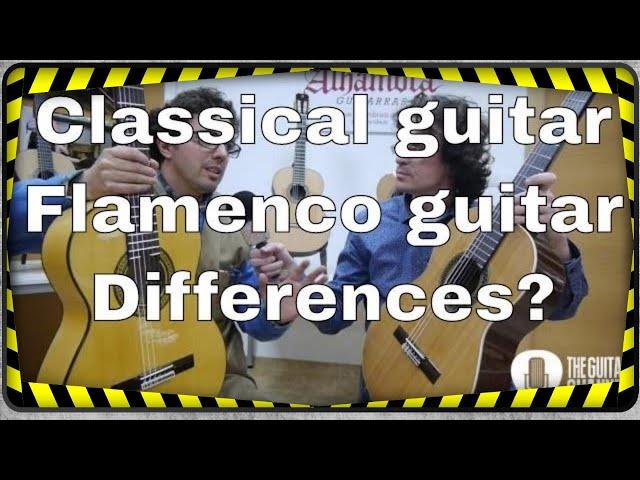
Through my years as a guitar journalist and aficionado, I’ve come to recognize the rich subtleties and nuances of the flamenco and classical guitars. Both possess their own distinct characteristics, each one conceived and crafted with a unique purpose in mind. Yet, they share a common thread, their roots lying deep in the heart of Spanish musical tradition.
Considering their divergent histories and purposes, just how similar can the flamenco and classical guitars be? This question piqued my curiosity, leading me on an intriguing journey into the core of their identities.
The flamenco guitar is the beating heart of the passionate, soul-stirring flamenco music. It’s a descendant of the Moorish oud, reflecting North Africa’s influence on Andalusian culture. Its bright, percussive tone slices through the air, captivating listeners and pulling at their heartstrings with a raw, visceral power.
On the other side of the spectrum, the classical guitar emanates an aura of sophistication. Known for its melodious tunes and intricate technique, this instrument has a history intertwined with the high culture of Europe. Its warm, resonant tone carries an inherent grace and beauty, effortlessly transporting listeners into a world of pure musical aesthetics.
Although the differences appear starkly contrasting, there are striking similarities. Both guitars bear the same structure and strings, crafted primarily with rosewood or cypress. They share the same foundational technique, based on the precise plucking of the strings with the fingers. Their sound, although subtly different, bears the same soulful sincerity that is undeniably Spanish.
Conclusively, the differences between the flamenco and classical guitars lie in their application and tone, rather than their physical construct or technique. They embody the rich diversity within Spanish music, each striking their own chord in the symphony of auditory history.
Stay tuned to dive deeper into the distinctive sound qualities and playing techniques of each guitar, showcasing their incredible range and depth. As we continue to explore, we uncover the heart of Spain’s musical pulse, resonating heavily in its flamenco and classical guitars.
FAQs
What are the main differences between Flamenco and Classical Guitars?
What are the similarities between Flamenco and Classical Guitars?
Who typically plays Flamenco and Classical Guitars?
Conclusion
Looking at our journey through the world of flamenco and classical guitars, what noteworthy insights have we learned? As we have explored, the flamenco guitar, with its lighter construction and sharper tone, provides the punchy rhythm and percussive quality intrinsic to the passionate flamenco style. On the other hand, the classical guitar, designed with heavier woods, emits a deeper and mellower sound – perfect for the subtleties of classical compositions.
It’s not just about the sound each yields, but also the unique techniques used to bring their best forward. The flamenco guitar is synonymous with its rapid-fire strumming patterns, providing the energetic backdrop that flamenco dancing demands. The classical guitar, conversely, is played with a nuanced grace, every pluck of a string aiming to produce an emotive response.
Differences are plentiful, but let us not forget the similarities. Both instruments preserve a rich historical tradition within their respective genres and hold the power to stimulate deep emotional experiences.
Closing this insightful exploration, drawing on my experience and expertise, understanding the classical and flamenco guitars is indeed a journey of musical discovery, each one representing a unique and fascinating world of sound, technique, and history.